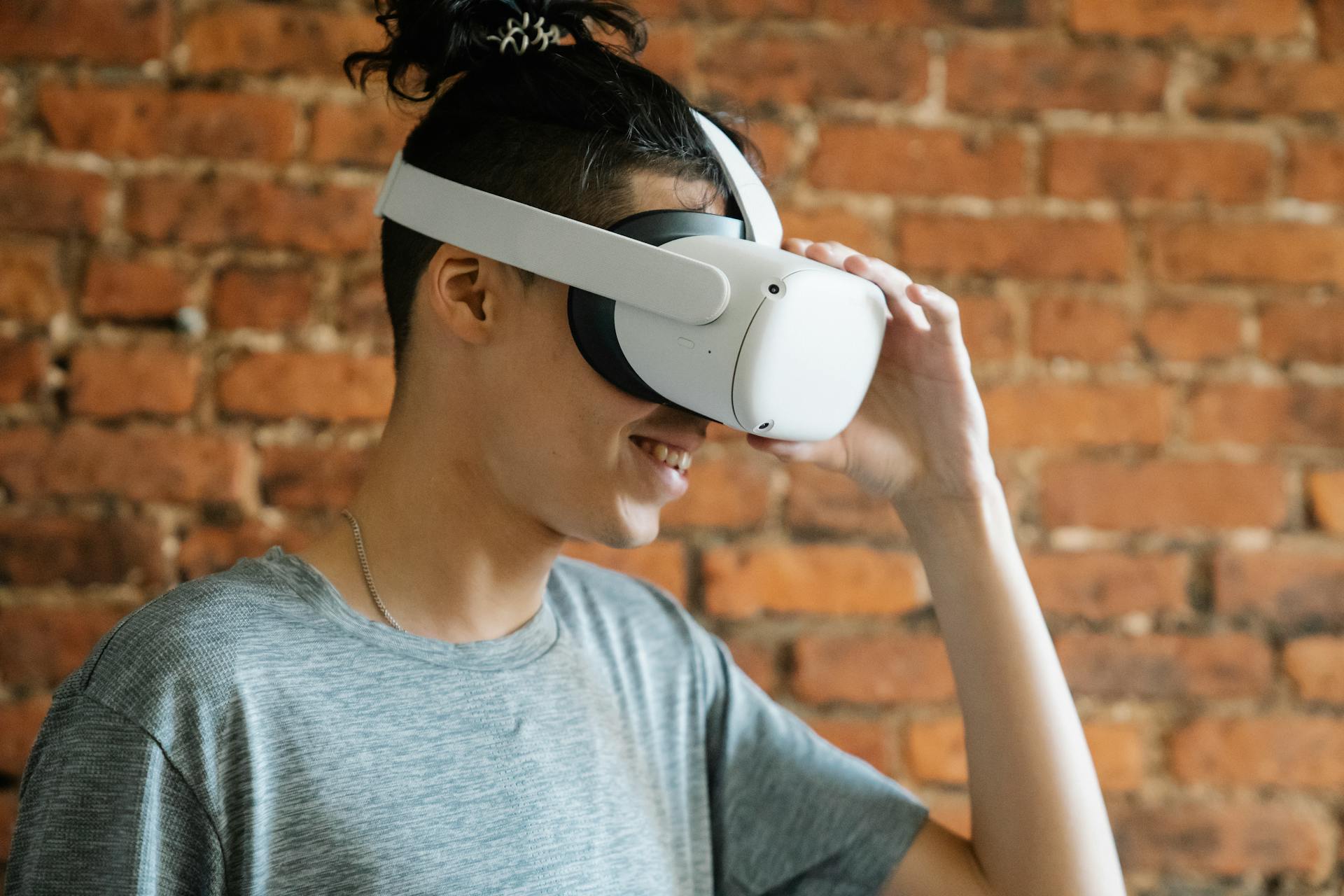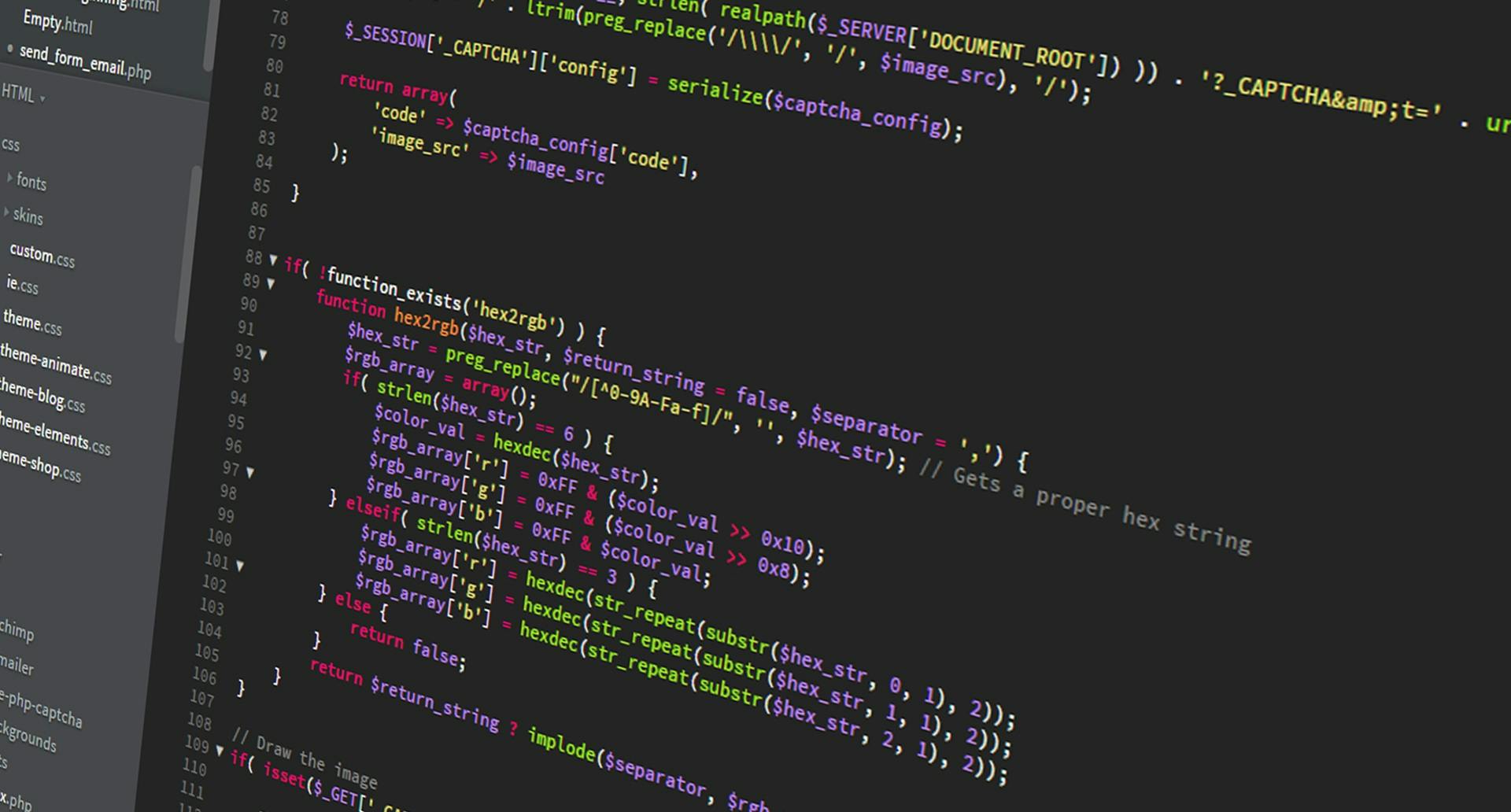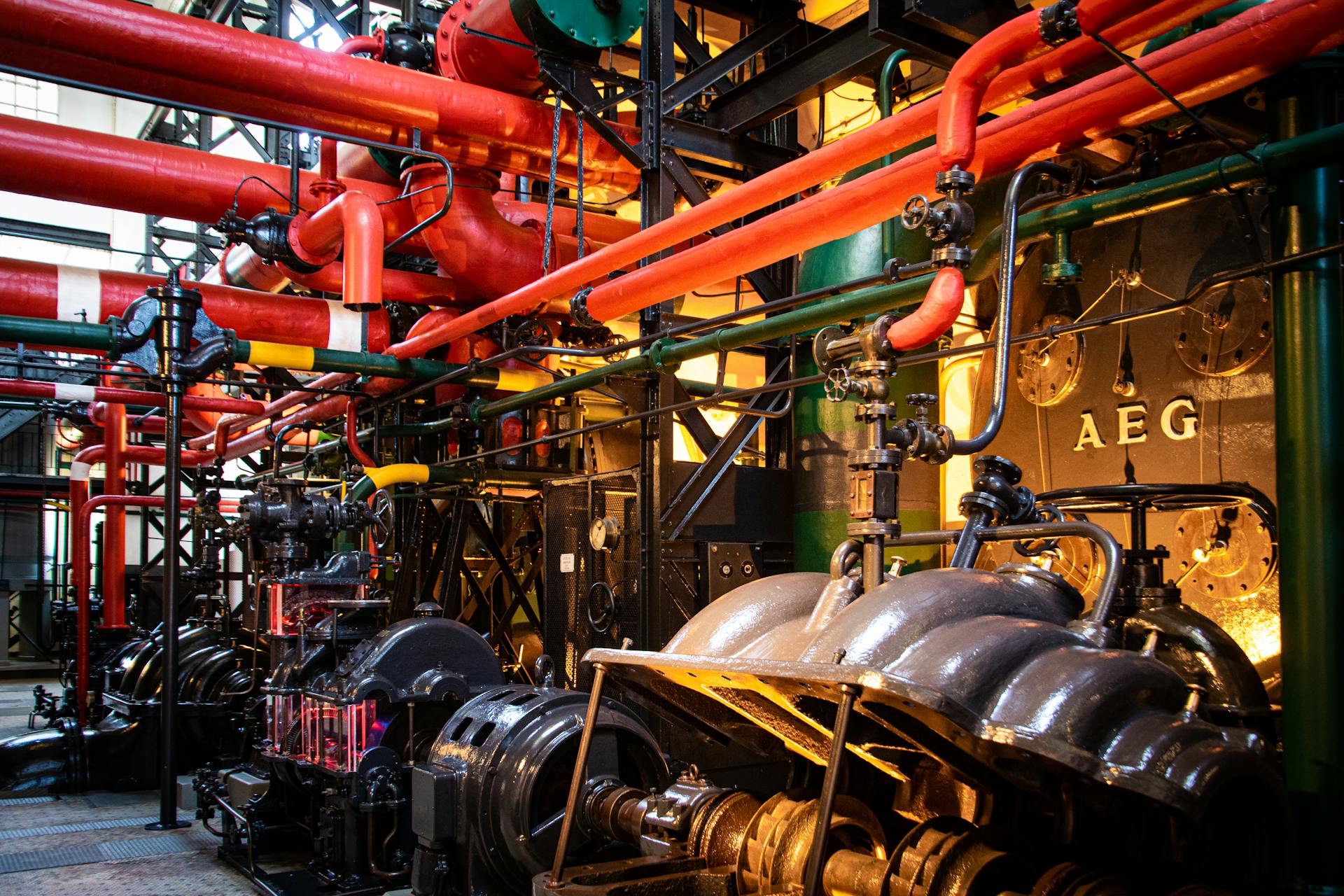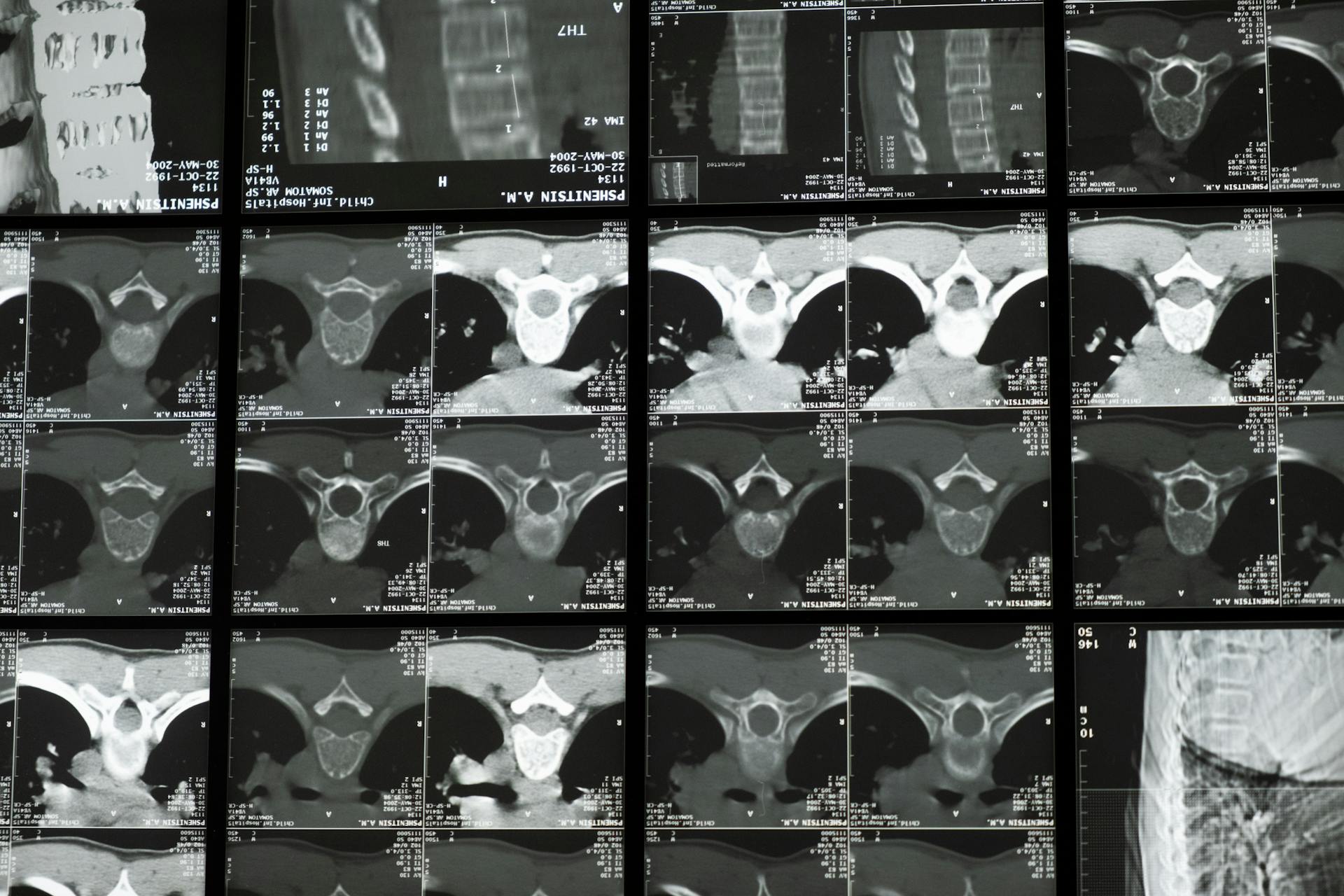
Future technology is coming true soon, and it's changing our world in amazing ways. Technology moves at a relentlessly fast pace in the modern world, with new cool gadgets and massive futuristic technological upgrades being introduced every single day. The futures forever are full of exciting possibilities, and we can barely keep up with the steady stream of new inventions and advancements.
Artificial intelligence programs writing poems or making images based on a worded prompt, 3D-printed eyes, holograms, lab-grown food, brain-reading robots, and even catapulting satellites into orbit are just some of the incredible things that we can expect to see in the near future. With so many amazing advancements on the horizon, it's easy to lose track of all the exciting future technologies that are out there waiting for us to discover them. In this article, we'll be listing 22 of the most intriguing ideas about to change our world.
Discovering the Revolutionary Self-Healing Living Concrete

Could you imagine a building material that could fix itself? This may sound like science fiction, but it is becoming a reality with the call living concrete. This innovation is made with a combination of sand gel and bacteria, creating an environmentally friendly solution for future building structures.
The structural load-bearing function of this new material has been tested in several laboratories and has proven to be as strong as traditional concrete. However, the beauty of living concrete lies in its ability to self-heal cracks that appear over time. The work paves the way for safer structures that can last longer without posing any danger to humans or the environment.
The potential impact of this technology is immense. Currently, cement is the most-consumed material globally, and its production leads to significant carbon emissions and dangerous toxins. With living concrete, we could reduce our environmental footprint while also improving safety standards for construction projects. Imagine a world where buildings fix themselves - thanks to this incredible innovation developed in Colorado Boulder!
Track Your Health with Amazing Digital "Twins"

The future technology that germinated human beings' imagination, the one we used to witness only in Star Trek movies, has become a reality today. The digital revolution has enabled us to create amazing 3D digital avatars of ourselves and get our entire body digitally scanned. These digital twins can measure hundreds of different metrics, from hormone levels to fat building, and help bio improve health outcomes in real life.
Bio CEO Jeff Kaditz hopes that preventative personalized medicine will become the norm as these digital twins collect vast amounts of data about our bodies. Sophisticated ways of diagnosing illness can be read from this data collected by our digital twins, helping doctors prioritize treatment options and offer more effective care.
With these digital twins, we can track our health like never before. We can monitor changes in our body and take preventive measures before it's too late. Personalized recommendations based on the data collected by our digital twin can help us improve our lives and live healthier for longer. So why wait? Get your own digital twin today and start tracking your health!
Unleashing the Potential of Brain Reading Robots
What used to be a science fiction trope is now becoming a reality: brain reading robots. Brain reading technology has improved hugely in recent years, and it's all thanks to the Swiss Federal Institute of Technology Lausanne (EPFL). They have developed a machine-learning algorithm that allows a robot arm to perform simple tasks by interpreting signals from a brain-computer interface. This breakthrough experiment could one day lead to life-changing advancements for tetraplegic patients who have lost control over their lower body.
The robot arm interprets signals from an EEG cap worn by the patient, which can automatically determine what the patient intends to do. This is crucial because previous methods of interpreting brain signals were often considered incorrect due to individual's preferences or other factors. With this new technology, wheelchairs controlled by brain-computer interfaces could be replaced with assistance machines that allow tetraplegic patients to perform simple tasks with ease.
This research shows great potential for improving the quality of life for those who are paralyzed and unable to complete basic tasks on their own. As technology continues to advance, we may see more and more applications of brain reading robots in various fields, making our lives easier than ever before.
Innovative Bricks That Store Energy for Future Use

Imagine a future where the red bricks used to build houses can be used to store energy. This future is not so far away, as researchers led by Washington University in St Louis have developed "smart bricks" that can store energy. The building material functions as an energy storage device called "energy storing electrodes."
According to scientists, walls made of these smart bricks can store a substantial amount of energy and be recharged hundreds of times. The research involved putting a conducting coating on brick samples and firing them at high temperatures. By making the fired bricks porous, this process created iron oxide (a red pigment) that could be converted into energy storing electrodes. These electrodes are what makes it possible for the bricks to store energy.
The development of these innovative bricks has reached the proof-of-concept stage, and researchers claim that they will soon be able to convert red bricks into energy storage devices. The fired bricks' porous structure helps with converting iron oxide into energy storing electrodes, making it an efficient way to store energy in building materials. With this technology, walls made of these smart bricks could potentially power household appliances or even entire buildings in the future.
Revolutionary Dairy Products Created in the Lab

The future of food is looking brighter than ever with the creation of lab-made dairy products. It's not just cultured meat or wagyu steaks grown from cells that are making headlines, but a growing number of biotech companies are also investigating lab-made dairy including milk, ice-cream, and cheese. The dairy industry has long been a major contributor to greenhouse gas emissions, but these environmentally friendly alternatives could make a greener splash on our tea cups and cereal bowls.
Researchers attempt to recreate animal-based foodstuffs through stem cells' manipulation to produce meat milk and milk proteins like whey. One such company is Perfect Day, which specializes in creating lab-produced mozzarella that melts perfectly for pizza toppings. Ongoing work focused on nutritional benefits suggests that these innovations could revolutionize how we eat while potentially reducing air travel and shipping combined with traditional farming practices.
With so many options on the horizon, it's exciting to see how technology can improve our daily lives’ quality. These innovative dairy products offer incredible potential for reducing environmental impact while still delivering great taste and nutritional value. As technology continues to advance, we can only imagine what other culinary inventions will emerge from the labs of tomorrow!
Unleashing the World Wide Web: Accessing the Internet

The future technology is coming true soon, and one of the most exciting innovations is the use of shoebox-sized microsatellites carrying helium balloons that orbit the earth 16 times a day. These microsatellites are equipped with modems plugged into satellites orbiting low earth orbit, which means companies like SpaceX and Google can provide internet access to even the most inaccessible areas on earth. This abandoned plan from Google's Project Loon has been revived and will be launched in 2022 at CES.
The British Antarctic Survey used helium balloons to provide internet access to their team in Antarctica where there is no physical infrastructure available. The use of green technology like helium balloons as a way to provide internet access is a significant breakthrough in future tech. It is an environmentally friendly and cost-effective approach that can reach people who lack connectivity due to geographical isolation or lack of infrastructure.
In conclusion, accessing the internet will soon be possible through flying cars, shoebox-sized microsatellites, and helium balloons. With this kind of innovation, dude wheres my car' will no longer be a problem as we move towards a world where technology enables us to connect with each other in new ways. The use of green methods such as helium balloons for internet connection shows how future tech can make our world more sustainable while also expanding our connectivity options.
You might enjoy: How Will Artificial Intelligence Change the Future
Creating Fuel out of Thin Air: A Revolutionary Breakthrough

Chemical engineers have developed a prototype device that can produce hydrogen fuel from the water found in the air we breathe. The device uses semiconducting materials to harvest energy from sunlight and convert it into electrical energy. This electrical energy is then used to split water molecules found in the air, which produces hydrogen gas that can be used as a fuel source.
This breakthrough technology has the potential to revolutionize the way we produce liquid fuels. With this device, we could potentially create an endless supply of hydrogen fuel without relying on traditional fossil fuels. As we continue to explore new ways of harnessing renewable energy sources, this prototype device offers a glimpse into what future technology may hold.
Breathable Solution: Direct Air Capture Technology Explained
Direct air capture (DAC) is a new technology that has great potential to solve the problem of carbon emissions. Unlike photosynthesis trees that absorb carbon dioxide in the atmosphere, DAC involves taking carbon dioxide directly from the air and storing it in deep geological caves. This technology can reduce the concentration of greenhouse gases in the atmosphere to greater levels and help stabilize climate change over time.
DAC has many advantages over traditional methods of reducing carbon emissions. For instance, it can produce synthetic fuels without emitting any pollutants into the environment. Current models require a huge amount of energy to operate, but technological advances are making this process more efficient and cost-effective. In the future, DAC facilities could replace many traditional power plants, reducing our reliance on fossil fuels.
Despite its potential benefits, there are still some challenges associated with direct air capture technology. For example, current models require huge amounts of energy to operate at high enough energy levels to be effective. Additionally, the cost of building and maintaining these facilities can be prohibitively expensive for many countries. However, as technological advances continue to improve our understanding of DAC's capabilities, we may one day see widespread adoption of this revolutionary technology as an effective solution for tackling climate change.
Revolutionary Technology: Mimicking Neurons on Silicon Chips

One of the most exciting future technologies coming true soon is the possibility to attach artificial neurons to silicon chips mimicking the nervous system's electrical properties. With this breakthrough, scientists will no longer be limited by "black boxes," as they can now peer inside and understand minute detail. Professor Alain Nogaret and his team have developed a robust method to make synthetic neurons that replicate real neurons' electrical properties with only 140 nanowatts of power requirement.
Researchers hope that this technology will pave the way for medical implants to treat conditions such as heart failure. By creating synthetic neurons that can communicate with natural cells in the human body, it could potentially revolutionize medicine as we know it. This is one of the 11 future technologies being showcased at CES 2023 among the 10 gadgets, including disco fridges and other weird devices.
This breakthrough has so much potential, not only in the field of medicine but also in other industries where electrical properties play a crucial role. We cannot wait for the day when we can witness this groundbreaking technology being used in our daily lives.
Innovative wearables: Smartwatches fueled by sweat

Wearable devices have become increasingly popular in recent years, but they still rely on conventional batteries that use unsustainable materials and can spill toxic fluids if broken. However, a group based in Glasgow's James Watt School led by Professor Ravinder Dahiya head is working on a solution that uses the amazing power of human sweat to generate energy. They have developed a flexible supercapacitor that stores energy replacing conventional batteries.
The device works by coating polyester cellulose cloth with a thin layer of supercapacitors electrode that absorbs the wearer's sweat. The polymers' surface creates an electrochemical reaction as negative ions from the sweat interact with the coating, generating energy. This technology has excellent charging and discharging performance and can survive 4000 cycles fully charged with just 20 microlitres of sweat.
This innovation presents a real opportunity for the development of bendable electronics and sensing technologies powered by sustainable energy sources potentially harmful to the environment. By harnessing the power of human sweat, this technology eliminates the need for toxic materials commonly found in conventional batteries while also providing an excellent alternative to replace them. With this new advancement, we may see wearable devices powered solely by human sweat soon enough!
Frequently Asked Questions
Is artificial intelligence the future of Art?
Artificial intelligence has the potential to transform the art world, from creating new forms of art to enhancing existing pieces. While it may never replace human creativity, AI is certainly set to play an increasingly important role in shaping the industry's future.
What are the most important trends in the future of Technology?
The most important trends in the future of technology include artificial intelligence, blockchain technology, and virtual and augmented reality. These trends will revolutionize industries such as healthcare, finance, and entertainment.
What is the digital twin trend?
The digital twin trend is the creation of virtual replicas of physical objects or systems using data and software. This technology can be used to improve product design, optimize performance, and reduce maintenance costs.
What is the future of Technology?
The future of technology is constantly evolving and will continue to shape the way we live, work, and communicate. It is expected to bring about advancements in artificial intelligence, virtual reality, and the Internet of Things, revolutionizing industries such as healthcare, transportation, and entertainment.
What is the future of brain reading technology?
The future of brain reading technology looks promising with ongoing research and development aimed at improving its accuracy, speed, and practical applications. It has the potential to revolutionize fields such as healthcare, education, and communication, but ethical considerations must also be addressed.
Featured Images: pexels.com


